Transforming Chaos into Order: Your Ultimate Guide to Organizing a Kids Play Area with DIY Ideas and IKEA Hacks
Key Takeaways
– Safe and Organized Play Areas: Prioritize soft flooring like rubber tiles or carpets to cushion falls and ensure safety. Always use age-appropriate gear and equipment that meet ASTM standards.
– Efficient Storage Solutions: Use labeled plastic bins, low shelves, and wall-mounted storage units to keep toys tidy and accessible.
– Defined Activity Zones: Separate play areas with dividers or colored rugs to designate spaces for art, building, pretend play, and more.
– Supervision and Rules: Assign a trusted adult to oversee playtime, enforce rules, and ensure a safe environment while teaching social skills.
– Regular Maintenance: Schedule daily or weekly cleanups and rotate toys to prevent clutter and keep the play area fresh and inviting.
– Interactive Learning Tools: Incorporate educational toys and puzzles to enhance learning while keeping kids engaged.
– DIY and IKEA Hacks: Transform your play area with cost-effective DIY ideas and creative IKEA hacks to maximize functionality and style.
– Effective Organization Strategies: Implement labeling, color coding, and activity-specific zones to simplify cleanup and foster a sense of responsibility in kids.
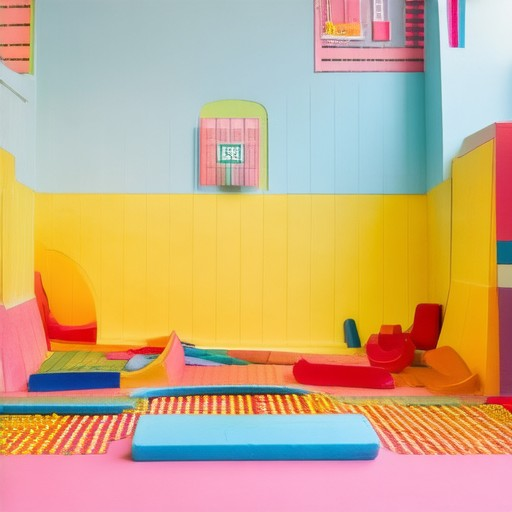
Effective Ways to Organize a Kids Play Area
Organizing a kids play area can greatly enhance functionality, safety, and fun for children. Here are some organized approaches to create an ideal play space:
Zones for Age-Appropriate Activities
Divide the play area into distinct zones based on activities:
- Active Play Zone: For toys like bikes, balls, and climbing equipment.
- Quiet Corner: For reading, puzzles, and art projects.
- Sensory Play Zone: For textured toys, sandboxes, and water play options.
Essential Gear and Tools
Equip the play area with age-appropriate tools and materials:
- Durable outdoor rugs or mats for play surfaces.
- Soft, flat surfaces for lying and resting (e.g., bean bags or yoga mats).
- Age-specific toys and games tailored to developmental stages.
- Interactive play structures like climbing frames or slides.
Clear Pathways and Storage Solutions
Keep pathways clear to ensure easy movement and prevent accidents:
- Use bright, flexible barriers or ropes to define play areas.
- Install storage benches or cabinets for toys and supplies.
- Categorize toys by type (e.g., cars, building blocks) in labeled bins.
Safety First: Tips for a Secure Play Area
Ensure the play area is secure and child-safe:
- Check surfaces for sharp edges or hazards.
- Use soft padding under play equipment.
- Secure loose objects and cords to prevent accidents.
- Consider supervision or safety nets around higher structures.
Engaging Elements for Maximum Fun
Add elements that spark imagination and activity:
- Include a variety of toys and games suited to different ages.
- Add interactive elements like chalkboards or outdoor kitchens.
- Plant small gardens or grow simple plants for sensory exploration.
Lighting and Comfort
Ensure the play area is well-lit and comfortable:
- Maximize natural light with windows or shaded areas.
- Install solar-powered lights for evening play sessions.
- Use weather-resistant cushions or seating for comfort.
Maintenance and Cleaning
Regular upkeep keeps the play area safe and inviting:
- Inspect surfaces for wear and tear regularly.
- Clean and disinfect frequently touched areas.
- Remove broken toys or unsafe items promptly.
By organizing your kids’ play area thoughtfully, you create a dynamic, safe, and enjoyable space for years to come. Keep it fresh and functional to maximize fun and learning opportunities!
How to Organize a Kid’s Play Area for Maximum Functionality
Organizing a kid’s play area doesn’t have to be overwhelming. With thoughtful planning and smart storage solutions, you can maximize functionality while keeping the space safe and engaging.
1. Prioritize Safety First
- Choose age-appropriate materials that are durable and non-toxic.
- Ensure there’s enough space between equipment to prevent accidents.
- Consider soft flooring options like rubber tiles or weather-resistant wood.
2. Opt for Durable and Versatile Furniture
- Select kid-friendly chairs and tables that can withstand rough play.
- Look for multipurpose furniture that can be easily rearranged.
- Invest in impact-resistant surfaces to minimize damage from falls.
3. Implement Clever Storage Solutions
- Add low shelves or cabinets for toy storage that kids can reach.
- Use labeled bins or drawer systems for small items like blocks and puzzles.
- Install pegboards or wall-mounted organizers for art supplies and books.
4. Create Activity Zones
- Zoning the play area can help manage different types of activities.
- Designate areas for active play, quiet games, and creative activities.
- Use soft dividers or curtains to separate zones without obstructing movement.
5. Add Interactive Elements
- Incorporate sensory play areas with textured surfaces and calming colors.
- Set up puzzle stations or sorting games to encourage problem-solving skills.
- Include a reading corner with comfortable seating and age-appropriate books.
6. Keep Everything Labeled and Organized
- Label bins, shelves, and containers with clear instructions for easy access.
- Use wall-mounted charts or whiteboards to track toys and activities.
- Consider custom labels or tags from Home Ideas Finders to keep everything tidy.
7. Schedule Regular Maintenance
- Establish a routine for cleaning and sanitizing frequently touched surfaces.
- Rotate toys every few weeks to introduce new experiences and prevent boredom.
- Keep spare tissues, wipes, and first aid kits readily available for minor injuries.
8. Make Learning Fun
- Set up an alphabet wall or number matching game in a dedicated corner.
- Include simple STEM activities like building towers with blocks or counting games.
- Use educational posters or flashcards to spark curiosity and learning.
By focusing on these organizational strategies, you can create a versatile and functional play area that’s both safe and enjoyable for kids. Explore more creative storage solutions and activity ideas by visiting Home Ideas Finders today!
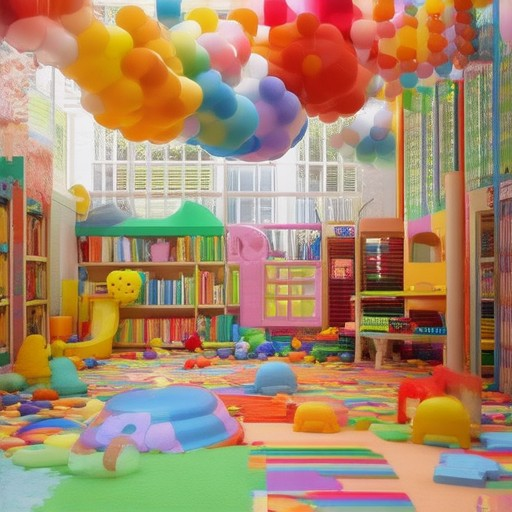
Best Methods to Organize a Kid’s Play Area
Organizing a kid’s play area requires a combination of functionality, safety, and creativity. Here are some effective strategies to create a space that is both enjoyable and efficient:
- Soft Flooring:** Install soft flooring like rubber tiles or foam mats to cushion falls and reduce injury risks during play. This is particularly important near climbing structures or slides.
- Storage Solutions:** Use open shelves, low cabinets, or toy boxes to store toys. Label bins or shelves to help kids find their toys easily. Consider using color-coded bins for visual organization.
- Toy Organization:** Group similar toys together in toy boxes or baskets. Use open-shelf storage to display toys neatly and encourage a sense of responsibility in tidying up.
- Labels and Categories:** Assign labels to each toy or group toys into categories (e.g., building sets, vehicles, dolls). This helps in quick identification and cleanup.
- Zoning the Space:** Create activity zones using dividers or curtains. Designate areas for playing, reading, art, and puzzles to help kids understand where each activity belongs.
- Maintenance Routine:** Establish a daily or weekly cleaning schedule to pick up toys and maintain order. Rotate toys occasionally to keep the space fresh and interesting.
- Supervision:** Always supervise playtime to ensure safety and teach kids about sharing and respect for others’ belongings. Set clear rules for behavior in the play area.
By implementing these strategies, you can create a kid’s play area that is both safe and functional, providing hours of enjoyment and learning opportunities for your children.
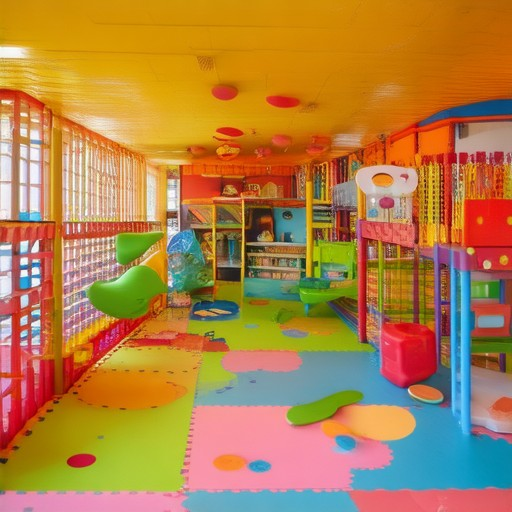
Creating an Organized Kids Play Area
To create a safe and functional kids play area, consider the following key elements:
- Safety First : Use soft flooring materials like rubber tiles or carpets to cushion falls. Ensure all equipment meets ASTM standards for child safety.
- Age-Appropriate Gear : Select toys and tools suited to your children’s age group to prevent accidents and promote developmental skills.
- Storage Solutions : Utilize labeled plastic bins, low shelves, and wall-mounted storage units to keep toys organized and accessible.
- Space Management : Define distinct play zones using dividers or colored rugs to separate activities like art, building, and pretend play.
- Supervision : Assign a trusted adult to oversee playtime, enforcing rules and ensuring safety while fostering social skills.
- Maintenance : Schedule regular cleanups and rotate toys to prevent overload and keep the area inviting.
- Interactive Features : Incorporate educational toys and puzzles to enhance learning while keeping kids engaged.
For more tips and inspiration, explore our Kids Play Area Organization Guide on Home Ideas Finders.
Best Methods to Organize a Kid’s Play Area
Organizing a kid’s play area requires a combination of functionality, safety, and creativity. Here are some effective strategies to create a space that is both enjoyable and efficient:
- Soft Flooring:** Install soft flooring like rubber tiles or foam mats to cushion falls and reduce injury risks during play. This is particularly important near climbing structures or slides.
- Storage Solutions:** Use open shelves, low cabinets, or toy boxes to store toys. Label bins or shelves to help kids find their toys easily. Consider using color-coded bins for visual organization.
- Toy Organization:** Group similar toys together in toy boxes or baskets. Use open-shelf storage to display toys neatly and encourage a sense of responsibility in tidying up.
- Labels and Categories:** Assign labels to each toy or group toys into categories (e.g., building sets, vehicles, dolls). This helps in quick identification and cleanup.
- Zoning the Space:** Create activity zones using dividers or curtains. Designate areas for playing, reading, art, and puzzles to help kids understand where each activity belongs.
- Maintenance Routine:** Establish a daily or weekly cleaning schedule to pick up toys and maintain order. Rotate toys occasionally to keep the space fresh and interesting.
- Supervision:** Always supervise playtime to ensure safety and teach kids about sharing and respect for others’ belongings. Set clear rules for behavior in the play area.
By implementing these strategies, you can create a kid’s play area that is both safe and functional, providing hours of enjoyment and learning opportunities for your children.
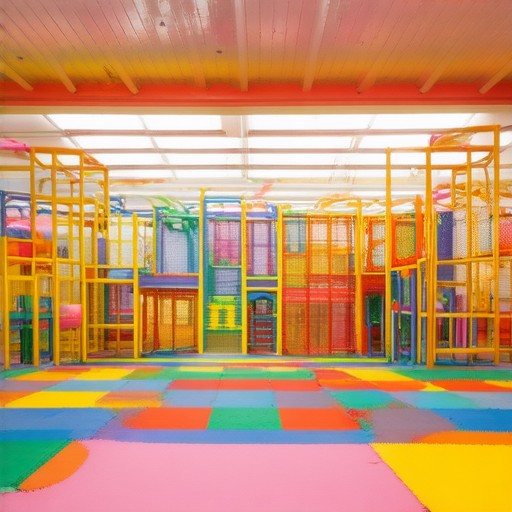
Organizing a Kids Play Area for Maximum Functionality
Creating a functional and organized play area for children involves thoughtful planning and strategic use of space. Here are some effective strategies to maximize functionality:
- Safety First:** Ensure the play area has soft surfaces like rubber flooring or carpet to prevent injuries. Keep sharp objects and hazards away from edges and windows.
- Storage Solutions:** Use low shelves, baskets, or labeled bins for toys. Consider wall-mounted hooks for items like stuffed animals or art projects.
- Zoning:** Divide the space into activity zones: a reading corner, an art zone, and an active play area. This helps keep the environment organized and focused on different types of play.
- Color Coding:** Use color-coded bins or labels to help kids understand where toys belong. This can simplify cleanup and reduce frustration.
- Interactive Learning:** Incorporate educational toys and puzzles to enhance learning while keeping the space organized. Use labeled storage boxes for quick access to these items.
- Regular Maintenance:** Establish a routine for tidying up the play area, such as weekly pick-up sessions or monthly rotations of toys to keep the space fresh and functional.
By implementing these strategies, you can create a safe, efficient, and enjoyable play area that encourages creativity and learning while reducing clutter and stress for both kids and parents.

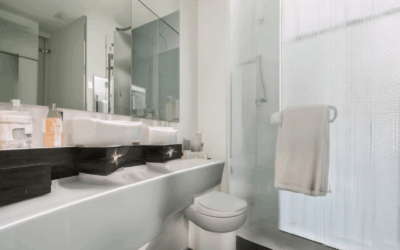
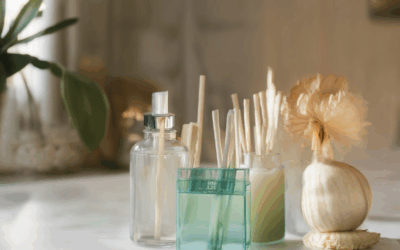
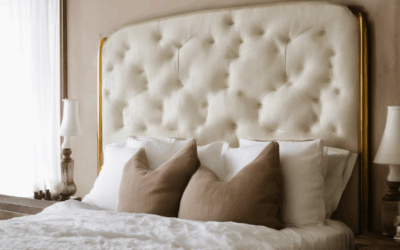
0 Comments